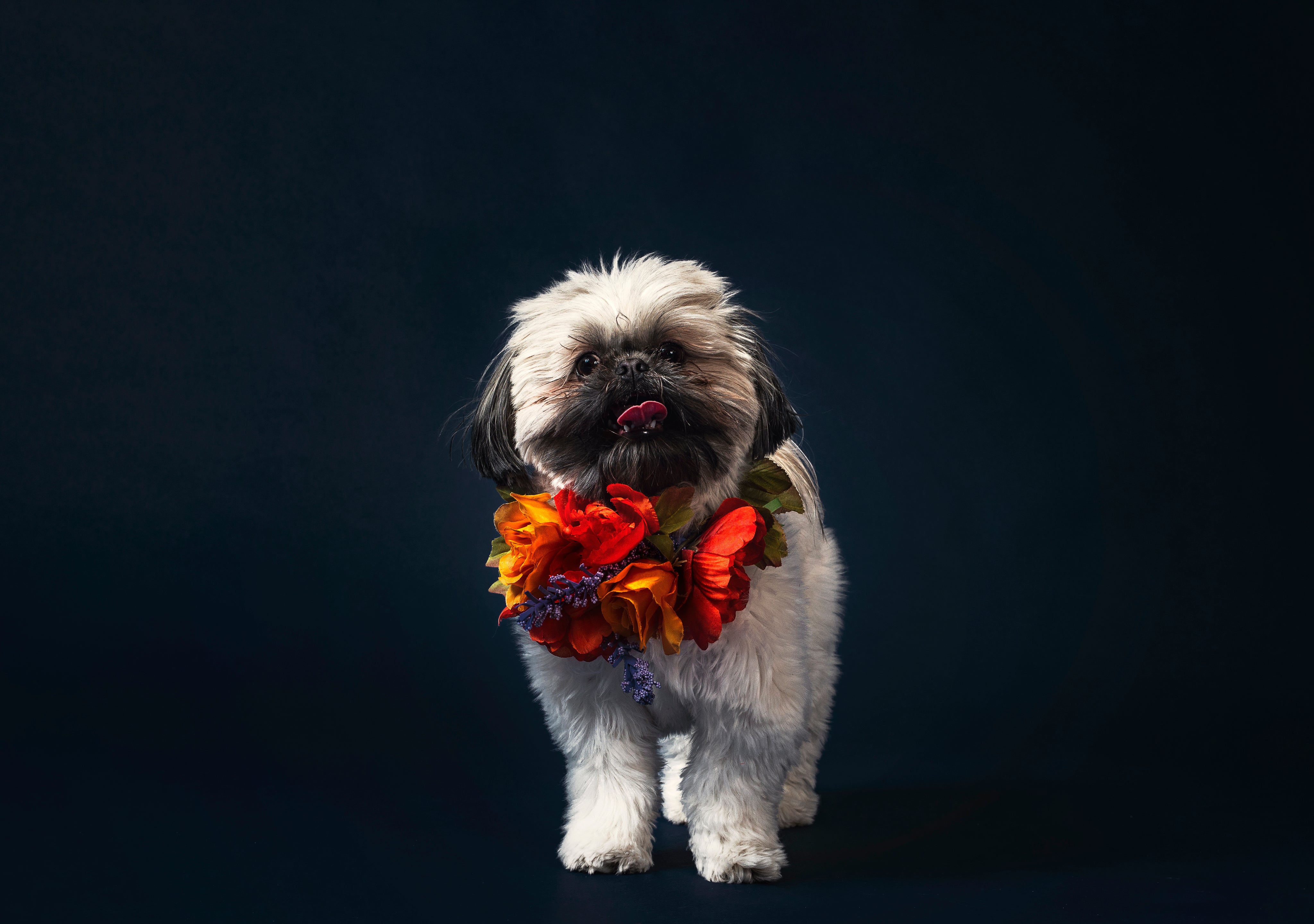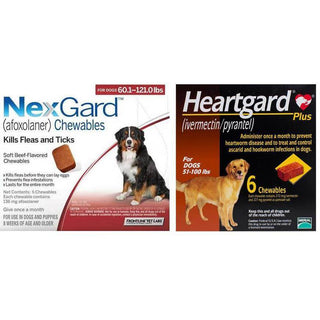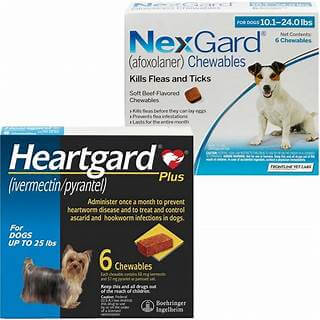
Winter brings cozy sweaters, hot chocolate, and holiday cheer—but for dog owners, it also means braving the cold for daily walks. No matter how chilly it gets, your furry friend needs regular exercise and bathroom breaks. However, icy sidewalks, freezing temperatures, and harsh winds can make winter walks challenging.
Taking extra precautions is important to keep your dog safe and comfortable. This guide will share tips to help you and your pup enjoy winter walks while staying warm and protected. Let’s dive in! ❄🐶
Winter Dog Walking: Essential Safety Tips to Protect Your Dog in Cold Weather
Here’s everything you need to know about ensuring a safe and enjoyable winter walk for your dog.
Keep Your Dog on a Leash at All Times
Winter weather can make it harder for dogs to pick up scents, increasing the risk of them getting lost. Snowfall, strong winds, and early sunsets can make locating your dog if they wander off difficult. Always keep your pup securely leashed and ensure they have an updated ID tag or microchip for quick identification.
A leash also controls your dog from running onto icy surfaces or slippery roads, reducing the risk of injury.
Choose the Right Leash and Harness
A well-fitted harness offers greater control than a collar, particularly for dogs that pull, ensuring a safer and more comfortable walking experience. Collars can slip off, but a well-fitted harness keeps your dog secure and reduces strain on their neck.
Avoid retractable leashes, which offer less control and can snap if your dog suddenly bolts. Instead, opt for a fixed-length leash that allows you to navigate icy sidewalks, avoid salt patches, and steer clear of deep snow.
Protect Your Dog’s Paws with Booties or Paw Balm
Cold pavement, snow, and ice can cause discomfort and even frostbite on your dog’s paws. Additionally, de-icing salts and chemicals on roads and sidewalks can be toxic if licked off.
To protect their paws:
- Use dog booties to create a barrier between their feet and the cold ground. These also prevent salt and ice buildup.
- Apply paw balm or wax if your dog refuses to wear booties. This provides a protective layer against ice, salt, and moisture.
- Wipe their paws after every walk to remove salt, ice, and debris before they lick them.
Increase Visibility with Reflective Gear and LED Collars
Winter days are shorter, making it harder for drivers and pedestrians to see you and your dog during early morning or evening walks.
To stay visible:
- Use reflective leashes, harnesses, and coats to make your dog stand out in low-light conditions.
- Invest in an LED collar to ensure your dog is easily seen from a distance.
- Avoid dressing your dog in dark-colored clothing, which blends into winter surroundings.
Stick to Well-Lit and Safe Walking Routes
Ice-covered sidewalks, hidden hazards under snow, and poorly lit areas can be dangerous for you and your dog. Choose routes with adequate lighting and avoid slippery surfaces.
If nighttime walks are unavoidable, stick to well-lit streets or parks with clear pathways to minimize risks.
Dress Your Dog for the Weather
Not all dogs have thick fur to keep them warm in cold temperatures. Small breeds, short-haired dogs, puppies, senior dogs, and those with medical conditions are more vulnerable to the cold.
To keep your dog warm:
- Use insulated dog coats or sweaters for added protection.
- Have a blanket handy in case of extreme cold or unexpected stops.
Large breeds with thick fur, like Huskies, may not need extra layers but always watch for signs of discomfort.
Avoid Ice and Toxic De-Icing Chemicals
Slippery ice can cause falls and injuries, while frozen ponds or lakes pose drowning risks. Avoid walking on frozen bodies of water, as thin ice can crack unexpectedly.
De-icing salts and antifreeze on roads can be harmful if ingested. To prevent exposure:
- Choose pet-safe de-icers for your home.
- Keep your dog away from heavily salted sidewalks and roads.
- Rinse their paws immediately after a walk to remove any residues.
Prevent Your Dog from Eating Snow
While it may seem harmless, snow can contain harmful substances such as de-icing chemicals, road salt, or antifreeze. Ingesting too much snow can lower your dog’s body temperature and increase the risk of hypothermia.
Always discourage your dog from eating snow and carry fresh drinking water to keep them hydrated.
Keep an Eye on Your Dog for Signs of Cold-Weather Discomfort
Dogs can experience hypothermia and frostbite in extreme cold. Be aware of these warning signs:
- Shivering or trembling
- Lifting paws frequently (indicating discomfort)
- Slowing down or refusing to walk
- Pale or blue gums, confusion, or shallow breathing (signs of hypothermia)
If your dog shows any of these symptoms, get them indoors immediately and warm them up with a blanket.
Keep Winter Walks Short and Frequent
On extremely cold days, limit outdoor exposure by taking shorter but more frequent walks rather than one long outing.
Signs your dog may need to go home:
- Lifting their paws repeatedly
- Whining or acting restless
- Trying to turn back towards home
For dogs that are more sensitive to the cold (small breeds, puppies, senior dogs, or those with health conditions), minimize outdoor time and provide indoor activities for exercise.
Stay Updated on Weather Conditions
Winter conditions can shift unexpectedly, so checking the weather forecast before heading out is essential. Sudden snowstorms, freezing winds, or icy paths can pose risks for both you and your dog. Consider indoor activities to keep your pup engaged and warm if temperatures drop to unsafe levels.
Carry a Winter Dog Walking Kit
Being prepared ensures a safe and comfortable walk. Pack a winter safety kit with essentials:
✅ Waterproof bag or backpack
✅ Dog coat or sweater
✅ Booties or paw balm
✅ Towel for drying paws
✅ Blanket for extra warmth
✅ Reflective gear or LED collar
✅ Extra leash
✅ Fresh drinking water
Having these items on hand will help you easily handle unexpected winter challenges.
Final Thoughts
With the proper precautions, winter walks can be enjoyable for you and your dog. By keeping them warm, protecting their paws, and staying visible, you can ensure a safe and fun experience all season long.
Remember: If it’s too cold for you, it’s too cold for them! Stay prepared, be cautious, and enjoy the winter wonderland safely with your furry friend.🐶❄️






